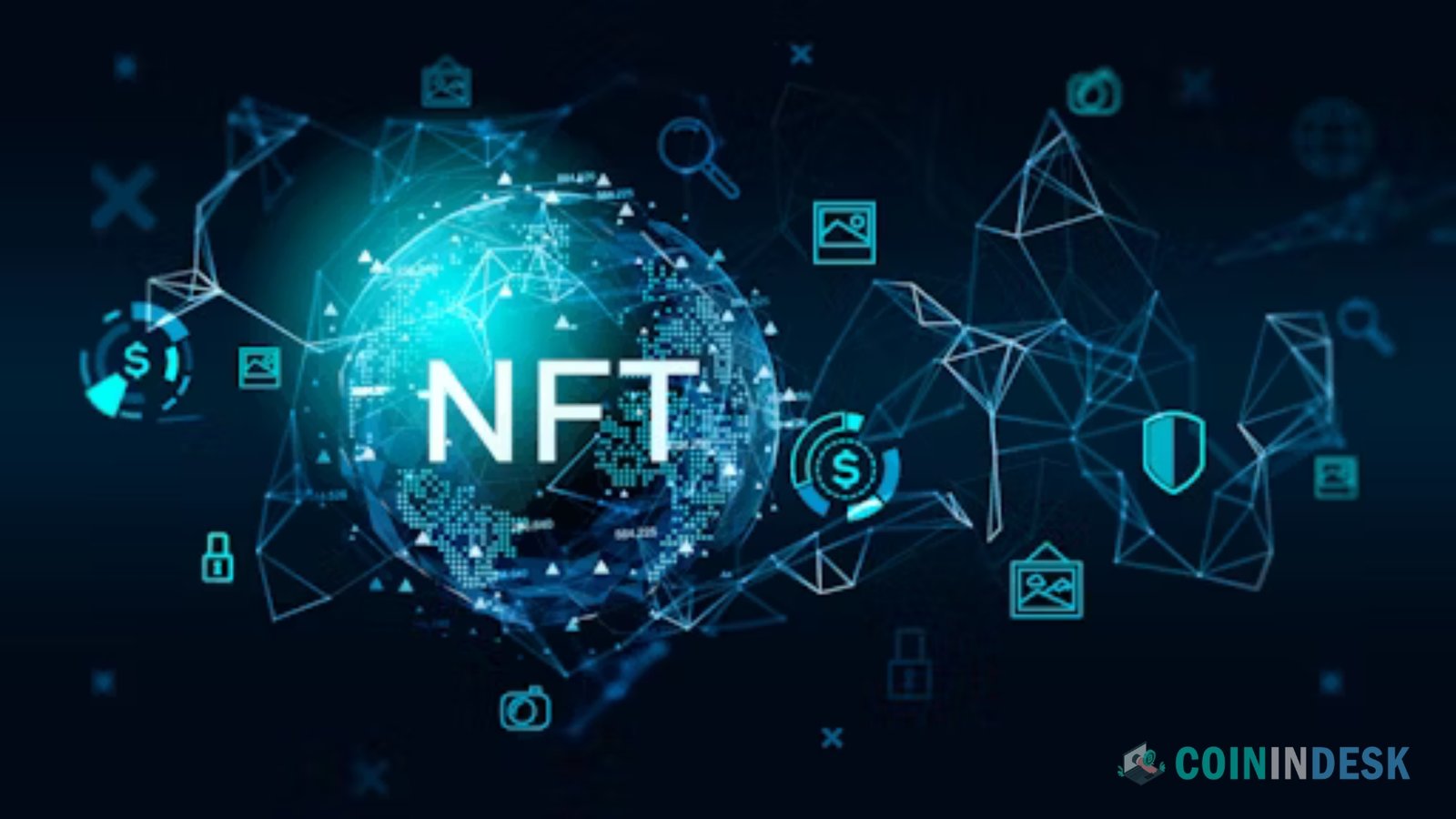Why Should Firms Use Non-fungible Tokens in Supply Chains?
At this time, blockchain hiring issues have affected key industries. This has made it harder to apply blockchain technology in industries like accounting, healthcare, and finance. Blockchain technology can only be effectively implemented by individuals with extensive training in the field. On the other hand, blockchain is seeing an uptick in investment. Spending on development reportedly exceeded $16 billion in 2021. With the rise of additional ground-breaking blockchain technologies, investment flows will only get stronger.
Some exciting uses of blockchain technology are now in the prototype phase. Web3 platforms aim to democratize the Internet and decentralize monetization.
- Because they can’t see it, 49% of companies have no idea what’s happening at critical supply chain points.
- In 2018, counterfeit goods cost brands around $232 billion worldwide.
- The counterfeit industry may be as large as $200 billion annually in certain areas, including pharmaceuticals.
The figures above show how big of an issue this is, and NFTs can help fix these inefficiencies. Also, as we’ll see later in the piece, some additional intriguing use cases exist where blockchain technology and supply chain come together.
NFTs in Supply Chains—What Role?
Improved operational capital and more efficient financial products are two outcomes that can be achieved when organizations can monitor, settle, and document their supply chains in real-time.
The digital record created by NFTs is both transparent and immutable. This provides the supply chain sector with an open and auditable trail that all participants in the ecosystem can see. With NFTs, supply chain management becomes easier and more transparent at every stage, from sourcing raw materials to selling finished goods online or in stores.
Attaching phygital NFTs to physical objects has shown to be a very useful practice. A product’s reputation can be enhanced by using NFTs to trace it back to its source. As a bonus, it can let shoppers learn where their products come from to make an informed decision.
In addition to traceability, data scientists will gain insights into individual product itineraries through NFT-gated procurement and warehousing. Investors, company owners, and analysts can better evaluate supply chain inefficiencies with this level of detail. This will be useful for establishing and keeping tabs on new service level agreements (SLAs) with supply chain service providers.
Integrating digital twins and NFTs into the supply chain also allows businesses to settle instantly after products are delivered and automate payments through the system. Once real-time traceability is available, finance teams will no longer have to go through multiple checks and balances before transferring money.
Stakeholders in the supply chain can utilize real-time tracking to their advantage using financing solutions like trade finance, which allows them to borrow working capital based on the condition of items. If there is congestion or bottlenecks in the supply chain, managers with a better vantage point can intervene at the correct checkpoint. Better revenues and reduced costs are the outcomes of more efficient supply networks.
Customer Benefits of NFTs in the Supply Chain
Merchandise can be traced back to their origins and paths before reaching grocery stores. Finally, a product’s development history will be available to the end user. The firms engaged, and the locations of raw material production are openly disclosed. Putting product designers closer to the people using their wares adds another layer to the customer service equation.
Using NFTs can save a lot of trouble in the fast-moving consumer goods (FMCG) and pharmaceutical industries, where counterfeiting and expiration are big problems that could have disastrous results. At the same time, consumers’ faith in brands grows. Beyond the obvious advantages, NFTs can improve supply chain sustainability, enhancing companies’ ESG narratives.
Global corporations face increasing pressure from nation-states, central banks, and the markets to adopt more sustainable practices. One way for firms to support their ESG story is by maintaining an efficient and transparent supply chain. For businesses looking to incorporate sustainable practices into their supply chain, the carbon savings made possible by NFTs might be a significant boon. Sustainable items for the new age-conscious customer and reduced emissions for the planet.
Companies Use Blockchain for Supply Chain Management
Several high-end logistics companies utilize blockchain and NFTs to monitor their wares and develop useful digital twins for community-building projects. Many well-known retail, automotive, and luxury goods companies have begun using NFTs in their supply chains because of their many advantages.

Walmart uses digital twin technology to monitor the food supply chain’s ecosystem, increasing confidence. Automotive giant Ford uses digital ledger technology to ensure it gets ethical materials for production. A massive diamond Additionally, De Beers verifies that diamonds come from conflict-free zones using blockchain technology. In addition, transportation firms like Maersk and FedEx rely on this technology in their daily operations.
Brands, including Gucci, Louis Vuitton, DeBeers, and Dolce & Gabbana, have begun using NFTs as a loyalty and consumer integration tool. Nonfungible tokens have two benefits: transparent supply chains and increased community retention through improved customer experience. These benefits stem from the fact that nonfungible tokens function as digital twins of physical items.
Challenges of Integrating NFTs Across Supply Chains
Technology is usually only a tool for getting the job done rather than a panacea. Rolling out NFTs and blockchains throughout supply chains internationally is not without its share of real-world challenges.
No physical product can fully realize the advantages of digital twins. Nevertheless, modern global supply chains rely heavily on intermediaries and operate on trust. As always, African farmers sell their goods to intermediaries, and the two sides start to trust each other more after this.
So, even if the farmer knows they can make more money in a more open supply chain, they won’t be willing to move. However, the middleman would oppose a new system since it would cut their profit margins, which they use to pay the farmers.
As a result, supply chains may encounter pushback from various interested parties while trying to adopt such changes. Using blockchain technology and nonfungible tokens, pharmaceutical supply chains have the potential to become highly efficient. Despite this, nations like Nigeria and India are home to thriving industries, and any attempt to implement a new system would face opposition from corrupt parties throughout the supply chain.
Consequently, any technology integrated into these supply chains will require a combination of top-down and bottom-up approaches. A top-down strategy would see regulators and governments require improved traceability. In contrast, a bottom-up approach would see businesses address the problem by collaborating with local stakeholders and raising awareness about the technology’s advantages.


